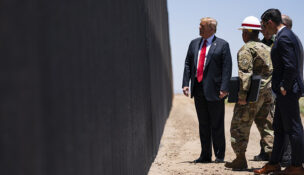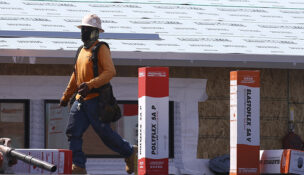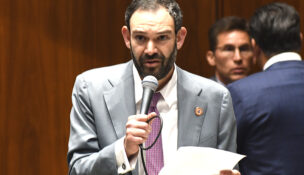State’s traffic camera project looks beyond speeding tickets
Arizona Capitol Reports Staff//August 24, 2007//[read_meter]
State’s traffic camera project looks beyond speeding tickets
Arizona Capitol Reports Staff//August 24, 2007//[read_meter]
Automated cameras that the state Department of Public Safety wants to deploy along some Arizona highways could be used to do more than catch speeders. Companies bidding for a state...
No tags for this post.

















